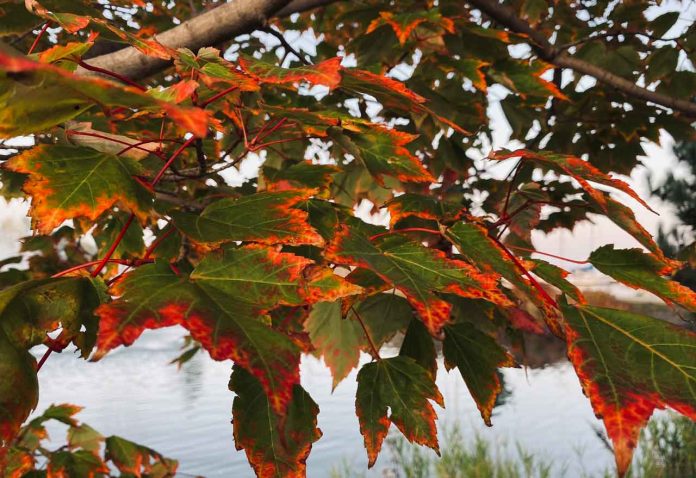Essential Fall Home Maintenance Tips to Prepare for Winter
As the leaves start to turn and temperatures drop, fall offers the perfect opportunity to prepare your home for the harsh winter months ahead. Taking steps now can help prevent costly repairs and keep your home warm and efficient. From yard maintenance to selecting the right snowblower, here are key tips for winterizing your home.
1. Prepare Your Yard for Winter
Fall is the time to ensure your yard is ready for the winter freeze. Here’s how to prep:
- Clean Gutters: Remove leaves and debris from gutters to prevent ice dams, which can lead to water damage.
- Aerate and Fertilize Lawn: Aerating your lawn allows water and nutrients to reach deep into the soil, helping the grass survive the cold. Fertilizing in the fall provides the necessary nutrients for a lush lawn come spring.
- Prune Trees and Shrubs: Trim dead branches to prevent them from breaking during winter storms and causing damage to your property.
- Protect Outdoor Faucets and Irrigation Systems: Drain hoses and sprinkler systems to prevent freezing. Consider adding insulation to outdoor faucets to avoid burst pipes.
2. Choosing a Snowblower
A reliable snowblower is essential for homeowners facing heavy snowfalls. Here’s what to consider:
- Type of Snowblower: Single-stage snowblowers are ideal for light snow, while two-stage blowers are better for handling deeper snow and uneven terrain. A three-stage model is the best option for heavy snowfalls and large areas.
- Electric vs. Gas-Powered: Electric snowblowers are quieter and require less maintenance but may not have the power of gas models, which are better suited for larger areas and heavy snow.
- Features: Look for features like heated handles, self-propelled options, and adjustable chutes for greater control and comfort. Consider the width of the blower’s path, as larger paths mean fewer passes to clear your driveway or sidewalk.
3. Get Your Home Ready for Winter
Indoor preparation is just as important. Ensure your home is insulated and safe from the elements with these steps:
- Seal Doors and Windows: Check for drafts around windows and doors. Apply caulk or weather stripping to seal any gaps, keeping warm air in and cold air out.
- Inspect the Roof: Ensure your roof is in good condition before snow arrives. Repair any loose or missing shingles to prevent leaks caused by melting snow.
- Check the Furnace: Before the cold hits, schedule a professional inspection to ensure your heating system is functioning efficiently. Replace filters regularly for better air quality and energy efficiency.
- Reverse Ceiling Fans: Running your ceiling fans clockwise at a low speed in winter helps circulate warm air that rises to the ceiling, making your home more comfortable without cranking up the heat.
- Stock Up on Supplies: Winter storms can lead to power outages or hazardous travel conditions. Make sure you have essentials such as salt for icy walkways, a snow shovel, and emergency supplies like blankets, batteries, and non-perishable food.
4. Protecting Pipes and Plumbing
Freezing temperatures can wreak havoc on your plumbing. Take steps to avoid costly repairs:
- Insulate Pipes: Wrap exposed pipes in basements, attics, or crawl spaces with foam insulation to prevent freezing.
- Leave Faucets Dripping: During extreme cold spells, leaving a small drip can prevent pipes from freezing by keeping water moving through the system.
- Disconnect and Store Hoses: Water left in hoses can freeze and back up into your pipes, leading to breaks. Be sure to disconnect, drain, and store hoses indoors.
Conclusion
Taking the time to winterize your home in the fall will save you time, money, and stress when the harsh winter weather arrives. By maintaining your yard, choosing the right equipment, and ensuring your home is energy efficient, you’ll be ready to face the cold months ahead with confidence.


